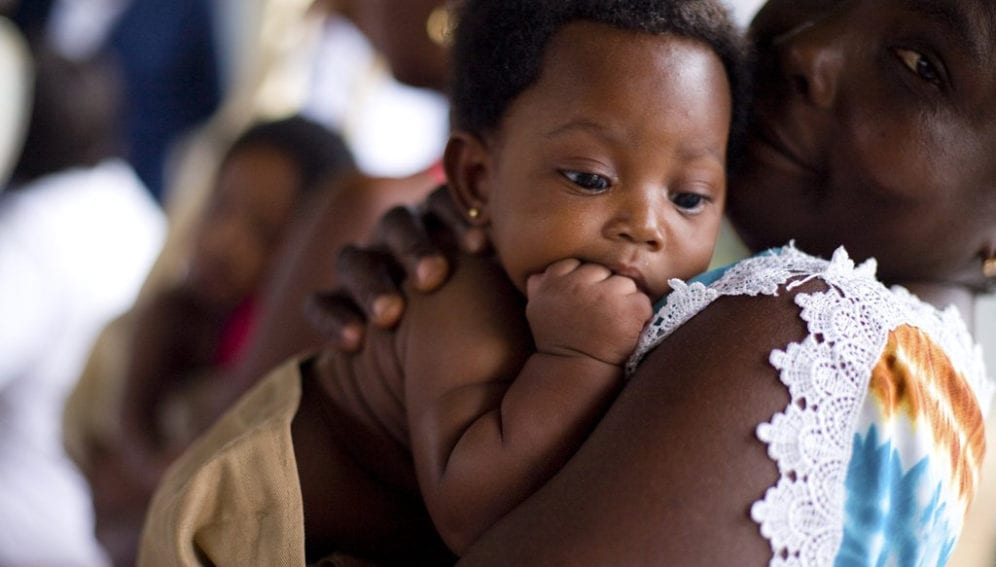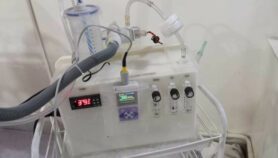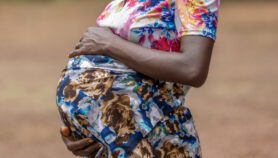By: Gilbert Nakweya
Send to a friend
The details you provide on this page will not be used to send unsolicited email, and will not be sold to a 3rd party. See privacy policy.
As the year 2015 fast approaches, developing countries are still struggling to meet targets of the Millennium Development Goals (MDGs).
This was quite evident to me from delegates that gathered for the 10th International Congress of Tropical Paediatrics (ICTP) in Nairobi, Kenya, last month (24-27 August) to reflect on how developing countries could achieve these goals.
The participants’ main focus was on reducing child mortality and improving maternal health — MDG 4 and MDG 5 respectively.
“This machine uses low-cost technology and is simple to use by health professionals.”
Patrick Wilson, Columbia University
It emerged that reducing the burden of infectious diseases such as pneumonia, tetanus and meningitis is crucial to maternal and child health in developing countries.
Speaking at the opening session of the congress, Keith Klugman, a professor of medicine and the leader of pneumonia programme for the Bill and Melinda Gates Foundation, said the disease continues to be a major threat to the lives of children. “Pneumonia is the leading cause of deaths among children under the age of five years in developing countries,” Klugman told the congress.
Klugman added that although deaths from pneumonia are reducing, maternal immunisation is now critical. “Vaccinating pregnant women may protect young infants from infectious diseases,” Klugman explained. He told the congress that preliminary trials are being conducted in Ghana to have such vaccines in five years’ time.
I met a team of researchers from the Kenya Paediatric Association and the US-based Columbia University who are working on a programme launched in Kenya last month to train nurses on how to use continuous positive airway pressure (CPAP) machine that supports children suffering from acute air pressure to maintain open airways.
In a conversation on the CPAP Kenya programme with Patrick Wilson, an assistant professor of paediatrics at Columbia University, he informed me that the aim is to integrate CPAP into the country’s medical facilities.
Wilson noted that because of the increased disease burden from respiratory distress among children, it is crucial to integrate CPAP into the national medical education system and the train health professionals to effectively use the machine.
According to Wilson, the programme that started last month (4 August) with four district hospitals in Kenya will later target ten hospitals annually. “We want to reach district hospitals where access to such health facilities is not easy,” Patricks observed. “This machine uses low-cost technology and is simple to use by health professionals. Thus, it is suitable in low-income countries in Africa.”
Countries in Sub-Saharan Africa should consider integrating CPAP machines into their health systems as this could help reduce the burden of diseases that cause deaths in children under the age of five years.
Similarly, the machines if scaled up from rural areas to urban centres could provide a sustainable solution to premature deaths and help achieve MDG 4.
This article has been produced by SciDev.Net's Sub-Saharan Africa desk














